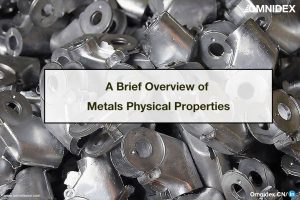

In general, stainless steel is a nonferrous metal alloy comprising iron, carbon, and chromium at least 10.5%. It is known for its durability and corrosion resistance. Many different types of stainless steel are composed of iron, carbon, and chromium with other elements added, such as nickel, niobium, molybdenum, and titanium. Chromium, which gives the alloy its corrosion resistance and shine, is also resistant to tarnishing and rust.
The difference between a burned seam and perfection can be as little as five amps of power. It is also essential to ensure that the fillers are compatible with the material being welded. Finally, keep the working area clean and keep debris off of the welding table, stainless steel is prone to scratching.
Contact us today, our professional staff is ready to help!
Contact UsTIG welding, MIG welding, resistance welding and laser welding are the four most common methods of welding stainless steel. They each have their own benefits and unique characteristics.
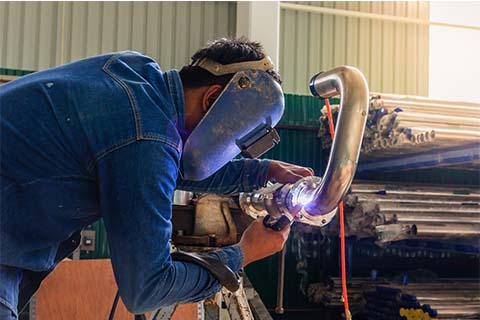
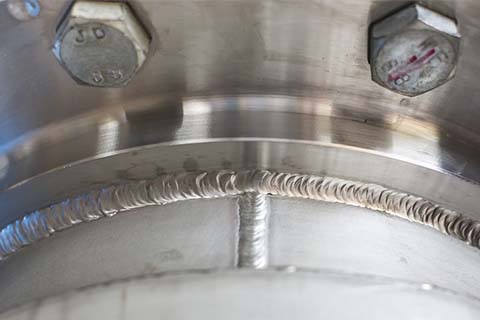
Welding with TIG is ideal for joining critical parts and is widely used in industry for fine, precise welds. It is also the most common method for joining thin stainless steel sections to thinner metals. Stainless steel TIG welding benefits include fast welding, pore-free, sound welds, a narrow fusion zone and precise control. If fillers are used, oxidation residue is reduced, simplifying final cleaning.
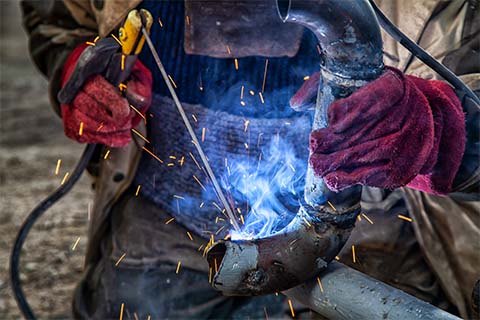
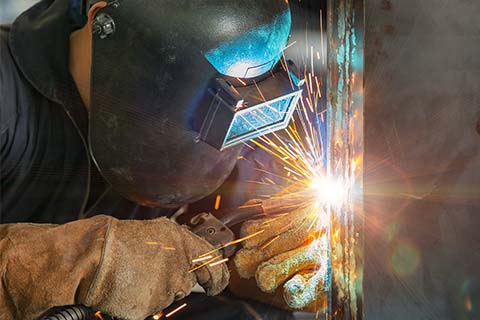
MIG welding has the advantage of being much faster than traditional “stick welding”. Welding with MIG produces continuous, long weld lines at a substantially higher speed and can be used on thicker stainless steels in applications that call for long weld lines. This welding method produces a clean weld since the shielding gas protects the welding arc from contamination.
This means the area being worked on is affected less. Manufacturers can automate and mechanize the welding process, without requiring highly skilled welders. This not only creates a more pleasing aesthetic, but also increases productivity, reduces costs and reduces overall manufacturing costs.
In addition to greater versatility, lasers are capable of welding a greater variety of metals, including high strength stainless steel, titanium, aluminium, carbon steel, and precious metals.
Welds produced with laser welding are much more accurate, stronger, and the finish is superior to other methods of welding. It therefore makes perfect sense to use the manufacturing process for components that are fine and to use it in areas with limited access. Lasers enable precision and quality where required for fine components.
Compared to traditional welding techniques, laser welding offers many advantages. Laser welding is a technology that has much broader applications and can be applied to weld many more metals to a much higher quality.
OMNIDEX CN has been manufacturing steel products for more than 18 years, providing exceptional service and superior quality. Our teams of fabricators and delivery services, as well as the extensive range of steel products, establish us as one of the steel suppliers you can trust.
To learn more about our products and services, or to get a quote, visit our website HERE or give us an email for further enquiries.
Contact our Customer Service and let us know how we can help to catapult your next project to success.
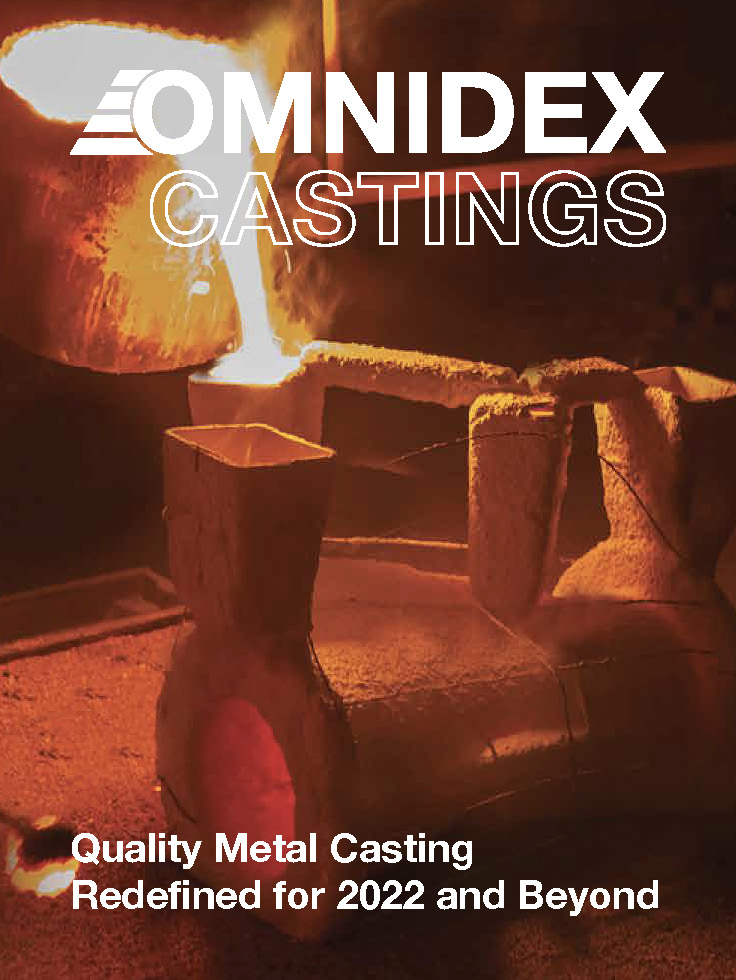
If you are looking for metal casting services, our brochure is a great way to discover what Omnidex has to offer. You can download HERE or EXPLORE HERE to learn more or .


If you are looking for metal casting services, our brochure is a great way to discover what Omnidex has to offer. You can download HERE to learn more.

Copyright © 2024 Omnidex. All rights reserved.